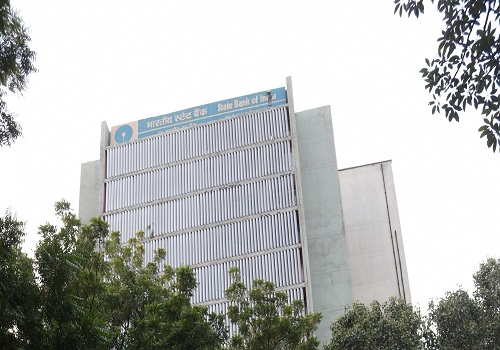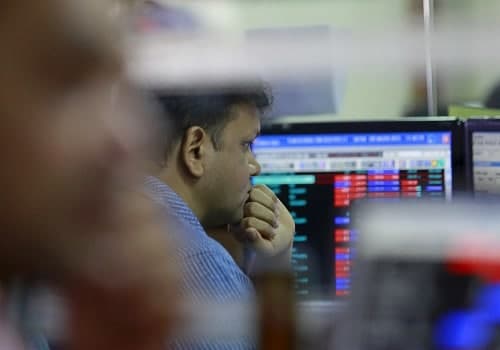Opening Bell : Markets likely to get negative start tracking weakness across global markets
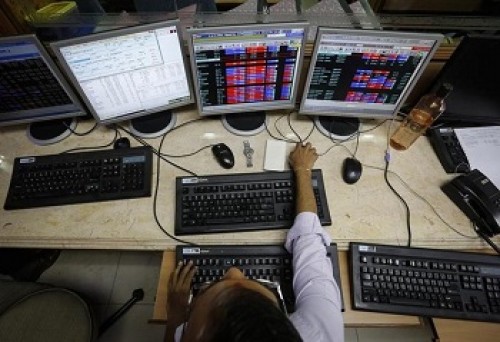
Follow us Now on Telegram ! Get daily 10 - 12 important updates on Business, Finance and Investment. Join our Telegram Channel
Indian markets started on a strong footing amid a global rally but ended sharply off highs on Tuesday amid selling in bank stocks. Today, markets are likely to get negative start tracking weakness across global markets. Foreign fund outflows likely to dent sentiments. Provisional data from the NSE showed that foreign institutional investors (FIIs) sold shares worth Rs 990.90 crore on January 9. Traders will be concerned with a private report that India's retail inflation likely edged up in December on higher food prices but stayed within the Reserve Bank of India's target range for a fourth consecutive month. Food prices, which account for about half of the inflation basket, rose in November and remained elevated last month, largely led by vegetable prices and household staples. Some cautiousness will also come with report that the weighted average rates of state debt continued to remain at an over two-year high of 7.72 per cent at the second weekly auction of the quarter on Tuesday, making it the highest so far this fiscal. However, some respite may come later in the day as a foreign brokerage report stated that the Indian economy is likely to grow at 6.2 per cent in the next fiscal, mainly due to the favourable combination of neutral policy settings, positive credit momentum, and manageable macros amid a 15-year high household debt levels. It noted despite the rising external headwinds, India is likely to grow 6.2 per cent next fiscal against a consensus of 6.3 per cent to $3.9 trillion from $3.57 trillion in FY24 on a likely 7 per cent growth, as consumption growth is likely to stabilise at 4.7 per cent from 4.5 per cent in FY24. Also, the World Bank has retained India’s economic growth forecast at 6.3% for the current financial year, and 6.4% for the next, citing slow post-pandemic recovery. Meanwhile, the next round of talks for the proposed Free Trade Agreement (FTA) between India and the UK will start here from January 10 to resolve remaining issues and conclude the negotiations. The 13th round of negotiations for the proposed pact was held between September 18 and December 15. There will be some reaction in insurance industry stocks with report that the life insurance industry’s new business premium increased by 43.76 per cent year-on-year (YoY) in December 2023, helped by state-owned Life Insurance Corporation (LIC) and private insurers. Private insurers’ premiums increased 4.15 per cent YoY to Rs 15601.85 crore from Rs 14979.79 crore.
The US markets ended mostly in red on Tuesday as hopes of a rate cut by Fed in March were seen decreasing; with inflation data later this week to guide sentiment. Asian markets are trading mixed on Wednesday ahead of Australia’s November inflation data.
Back home, Indian equity benchmarks gave up almost all gains and ended flat with a positive bias on Tuesday amid profit-booking by investors towards the end of session. Investors awaited key macroeconomic numbers and the December quarter earnings of IT majors Infosys and TCS. Equity markets started the trade on an optimistic note amid foreign fund inflows. Provisional data from the NSE showed that foreign institutional investors (FIIs) bought shares worth Rs 16.03 crore on January 8. Sentiments remained up-beat with report stating that the next round of talks for the proposed free trade agreement (FTA) between India and Oman will start from January 16 and the negotiations for the pact are progressing well. The talks on the text of most of the chapters have been concluded by both sides for the pact. However, profit booking in the fag-end session erased majority of the gains. Traders got anxious with a private report that India may see around $30 billion shaved off its total exports in the current fiscal year, as threats to cargo vessels in the Red Sea lead to a surge in container shipping rates and prompt exporters to hold back on shipments. Traders overlooked a private report stating that gaining from high credit off-take and lower credit costs, banks are likely to post 16.7 per cent year-on-year (Y-o-Y) growth in net profit during the third quarter of the financial year ended December 2023 (Q3 FY24). However, sequentially, net profit may shrink by 2.4 per cent over the second quarter ended September 2023 (Q2). Meanwhile, the Reserve Bank has raised the minimum capital requirement for small finance banks to Rs 200 crore and permitted Payments Bank to upgrade as SFBs. Finally, the BSE Sensex rose 30.99 points or 0.04% to 71,386.21 and the CNX Nifty was up by 31.85 points or 0.15% to 21,544.85.
Above views are of the author and not of the website kindly read disclaimer

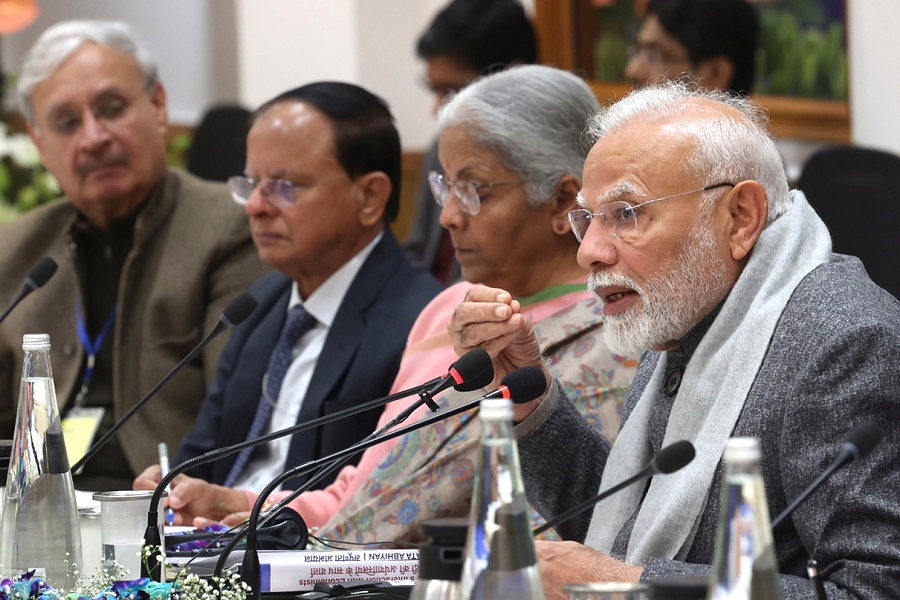




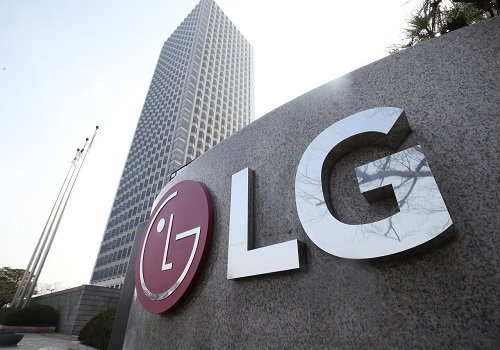



Tag News

Daily Market Analysis : Markets traded in a volatile range and ended largely flat, pausing a...
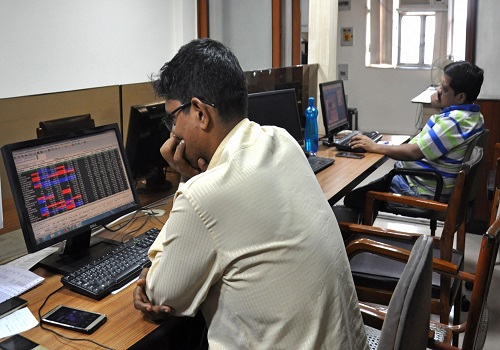
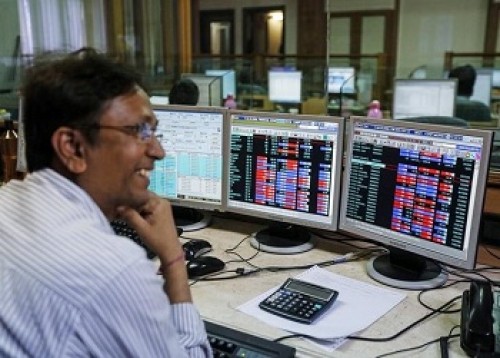



 320-x-100_uti_gold.jpg" alt="Advertisement">
320-x-100_uti_gold.jpg" alt="Advertisement">




